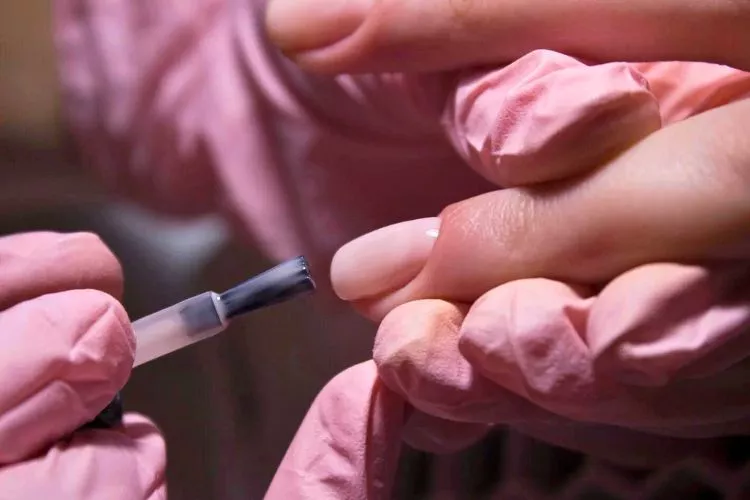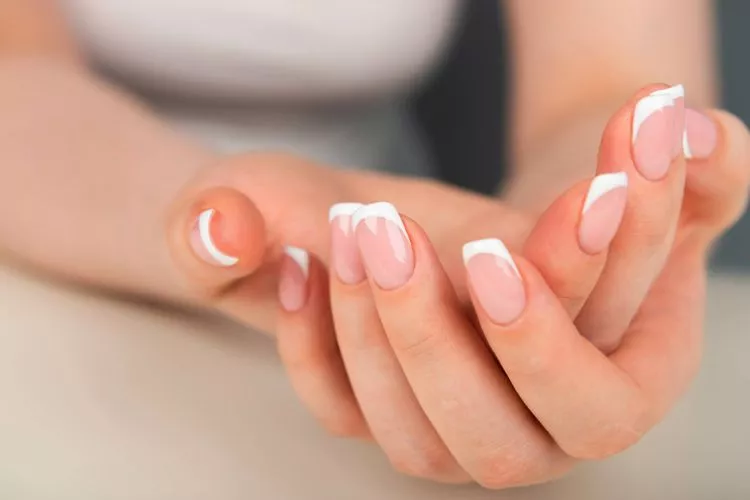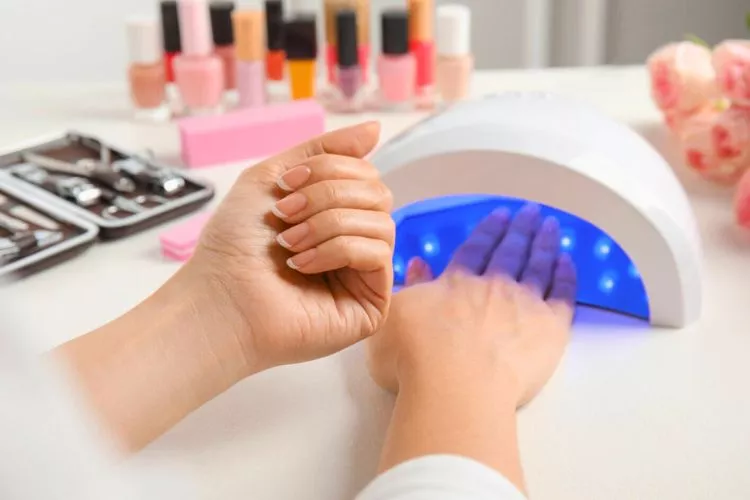As a dedicated nail enthusiast and an ardent follower of the latest trends, I’ve often wondered, “Is gel base coat supposed to be sticky?”
Many have stumbled upon this common problem during our nail enhancement pursuits.
In this article, we will explore the reasoning behind this peculiar gel base coat characteristic, discuss whether this ‘stickiness’ is a norm, and dive into some expert insights on the matter.

From getting your DIY manicure basics down to professional nail care secrets, stay tuned as we delve into the sticky situation of gel base coats.
Is gel base coat supposed to be sticky?
Yes, a gel base coat is meant to be sticky! This sticky layer or ‘inhibition layer’ occurs after the base coat has been cured under a UV/LED lamp.
It’s not a sign that your polish is under-cured, but rather an integral part of the gel polish process.
The sticky residue left behind on the nail surface after curing is designed to help the next layer of polish, typically the color coat, adhere better. The stickiness grips the polish, allowing it to last longer without chipping.
After applying the top coat and curing, if any stickiness remains, it’s usually removed with a special cleansing solution or alcohol.
Remember, gel manicures can be complex, but understanding each step and its reasoning can help ensure a flawless, glossy, durable finish.
Is gel base coat supposed to be sticky after curing?
Yes, the gel base coat should be sticky after curing. This stickiness is often regarded as the ‘inhibition layer’ or the ‘tacky layer.’ Once you’ve placed your nails under a UV or LED lamp, the gel base coat will cure and leave behind this sticky residue.
This is a normal part of the gel manicure process and does not indicate the base coat being under-cured or over-cured.

The purpose of this sticky layer is to create a bond between the base coat and the next layer of gel polish—the color coat. It aids in enhancing the durability and longevity of your gel manicure.
This tacky surface gripping the polish prevents premature peeling or chipping, thus ensuring a lasting manicure.
After applying and curing the final layer—the top coat—any residual stickiness can be removed using a nail cleansing solution or 99% isopropyl alcohol. By adhering to this process, you can enjoy a beautifully glossy, chip-resistant gel manicure.
How long to cure gel base coat?
The curing time for a gel base coat can vary depending on the gel polish formula and the type of curing lamp you use.
Generally, gel base coats cure within 15-25 seconds1. It’s important to remember that the curing time can be influenced by factors such as the wattage of your lamp and the specific instructions provided by the gel polish brand.
LED and UV lamps are commonly used for curing gel base coats. LED lamps have a faster curing time, with some base coats curing in as little as 15-25 seconds2. On the other hand, UV lamps might take a bit longer.
Always refer to the specific curing times provided by the gel polish manufacturer for the most accurate results.
In summary, the curing time for gel base coats may range from 15 to 25 seconds, but it’s essential to follow the instructions provided by the polish brand to ensure optimal results.
If you’re unsure about the appropriate curing time, it’s better to over-cure your gel polish rather than risk under-curing it.
How do you know if gel isn’t fully cured?
Identifying undercured gel polish can be tricky as it may present similarly to fully cured polish. However, there are certain signs and symptoms you can watch out for:

- Texture and Finishing: Undercured gel polish will not have the same rock-hard finish as fully cured gel. It may feel soft or still tacky even after the recommended curing time has passed.
- Smudging or Discoloration: If the gel polish smudges or changes color after applying the topcoat, it’s quite possible that it wasn’t fully cured.
- Peeling or Chipping: If the gel polish peels, chips, or lifts away from the nail within a day or two, it might not have been properly cured.
- Allergic Reactions: In more serious instances, the uncured gel can cause allergic reactions, such as redness, swelling, or itching around the nails. The uncured gel may contain chemicals that can trigger an allergic reaction.
To prevent any of these issues, it’s pivotal to invest in a good quality UV/LED lamp, apply thin coats of polish instead of thick ones, and always heed the manufacturer’s instructions on curing times.
Remember, when it comes to gel nail polish, it’s better to overcure than undercure.
Conclusion :
The stickiness encountered after curing the gel base coat is not a mere mishap but an integral part of the gel manicure process.
This ‘inhibition layer’ is normal and aids in creating a durable, long-lasting finish by promoting adherence between different polish layers.
Understanding the reasoning behind each step of the nail care routine is crucial for achieving a flawless, chip-free manicure.
So, the next time you’re faced with a sticky gel base coat, embrace it! It’s not an obstacle but a stepping stone to salon-perfect nails at home.
